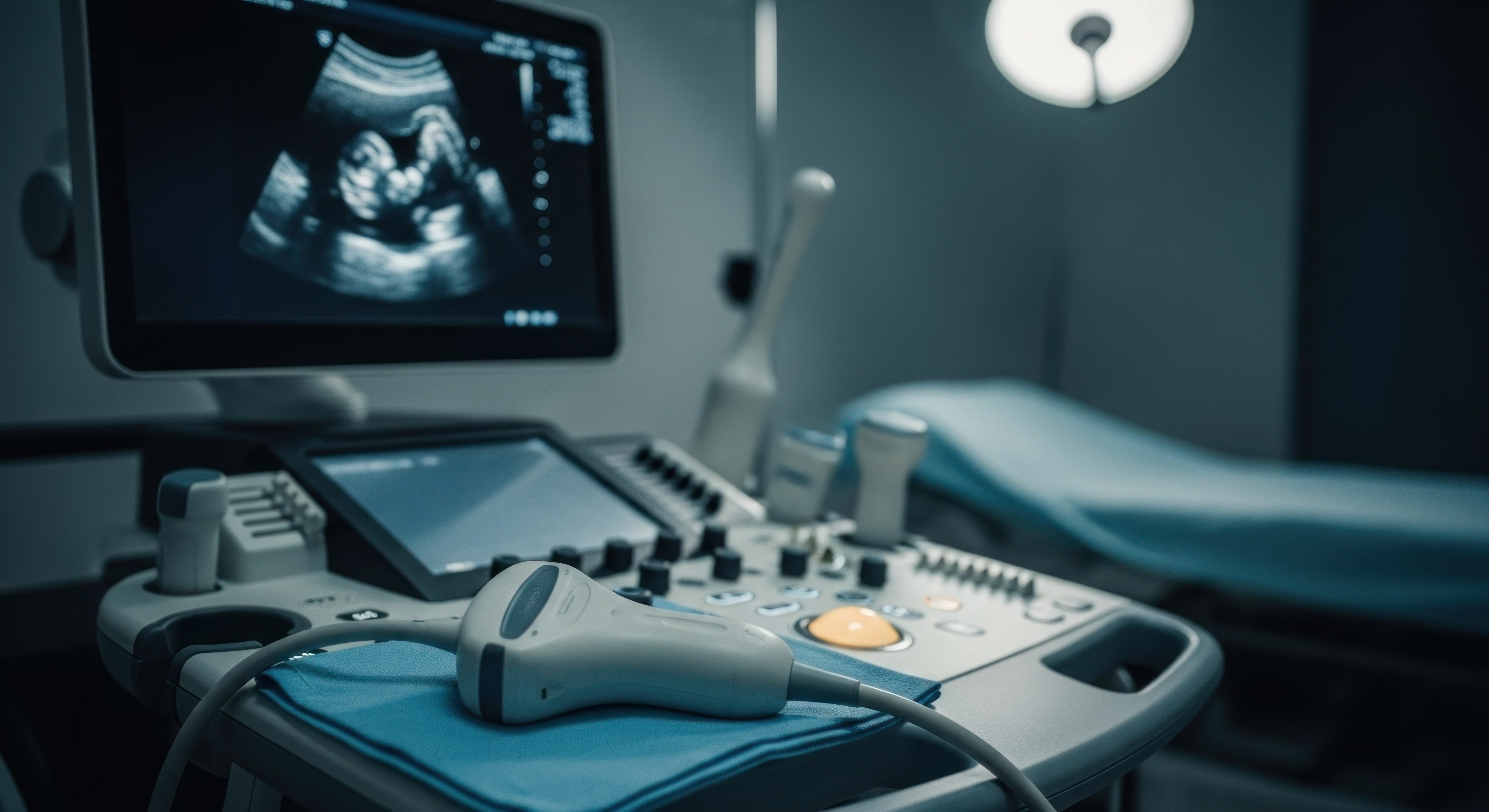In a healthcare setting, traceability – and wherever possible, end-to-end traceability – plays a crucial role in ensuring the safety of patients, compliance with regulations, and operational efficiency.
For example, in patient care, traceability ensures you can check the availability and disinfection status of essential medical equipment and maintain accountability regarding all procedures throughout a treatment process – including proper preparation, maintenance and storage of medical equipment.
Medical devices that are reused across multiple patients, such as diagnostic tools, can provide routes for cross-contamination and transmission of infections – leading to complications, extended hospital stays or even, in severe cases, death – if they are not properly and thoroughly disinfected between each use.
End-to-end traceability is not available with all disinfection methods, especially non-automated ones, but UV-C disinfection stands out as an automated method that often includes this feature.
What is End-to-End Traceability?
In the case of reusable medical equipment, the end-to-end principle applies from pre-use disinfection, its use in treatment, and then cleaning and disinfection post-use, as well as storage ready for when it is next needed.
End-to-end traceability here ensures accountability is provided for every individual occasion of use, in terms of both personnel and thoroughness of disinfection. This is essential for ensuring continued compliance with healthcare standards and regulations and maintaining patient safety.
In addition, end-to-end traceability provides the necessary visibility for reliable audits, of equipment and procedures, and a firm foundation for quality control measures to optimise operations and ensure efficient inventory management.
Challenges Without Traceability
Hospitals and healthcare facilities without effective means of ensuring proper traceability across their operations, may compromise operational efficiency; may struggle to demonstrate regulatory compliance; and, most important of all, may expose their patients and staff to unnecessary risk.
For example, with lack of accountability in the disinfection process there is increased risk of human error – which may result in inadequate device disinfection – and difficulty in demonstrating compliance during audits.
In a hospital or other healthcare setting, the use of different instruments (such as transvaginal ultrasound probes, endoscopes, speculums, colposcopes) entering different body cavities may constitute vehicles by which infection is transmitted.¹
For the safety of patients and healthcare workers, it’s essential to know that the medical instruments have been reliably disinfected and are ready for safe use. If there’s any doubt, the instruments cannot be used, thereby involving extra work, extra inventory, and disrupted workflows – in turn compromising patient care and the efficiency and effectiveness of the hospital.
How UV-C Disinfection Ensures End-to-End Traceability
UV technology is now used to high-level disinfect a wide range of devices in a matter of seconds. For example, the UV Smart D45 is specifically designed to provide on the spot, automated disinfection for ultrasound probes in 75 seconds. Similarly, the D60 provides smart disinfection of channel-less endoscopes and TEE-probes in just 60 seconds.
Both the D45 and D60 incorporate advanced traceability features, including:
- Barcode and RFID Scanning: Tracks users, devices, and disinfection cycles
- Automated Logging: Digital records for every disinfection process – no more hassle and reliance on manual records
- Connectivity to Hospital Systems: Seamless integration with Hospital Information Systems (HIS) for compliance reporting
These features ensure every disinfection cycle is traceable, and the data stored securely for audits.
Study Highlights Benefits of End-to-End Traceability
Results from the 2016 ‘Scan4Safety’ study in the UK provide insight into the exceptional benefits that can be gained from end-to-end traceability. This 6-month study, involving six hospital trusts, focused on end-to-end scanning of barcodes.
Among the results reported by the Scan4Safety demonstrator sites were: the release of 140,000 hours of clinical time back to patient care; non-recurrent inventory reductions of £9m; recurrent inventory savings worth nearly £5m across the six trusts.³
Similarly, end-to-end traceability benefits every aspect of the disinfection workflow, from improving safety for patients and staff to enhancing operational efficiency in the use and management of hospital inventory.
Conclusion
End-to-end traceability improves the safety of patients and helps healthcare facilities cut costs and reduce waste. With traceability built-in, UV-C disinfection devices provide the vital accountability that improves safety and facilitates compliance, whilst also delivering the advantages of a faster, simpler workflow.
UV Smart devices use medically certified and validated UV technology to ensure reliable disinfection for medical instruments. By adopting UV Smart devices for a fully traceable and efficient disinfection process, healthcare facilities can improve patient safety, reduce costs and cut down on waste.
Find out more about UV Smart devices and incorporating certified UV-C disinfection devices into your disinfection workflows, click here to contact us now.
References
1. New approaches for infective HPV detection, quantification and inactivation: Preventing accidental virus transmission in medical settings Boccardo, Enrique, eBioMedicine, Volume64, 103222 https://www.thelancet.com/journals/ebiom/article/PIIS2352-3964(21)00015-3/fulltext
2. Hear From Your Peers video: https://youtu.be/ZoN_SzF7K6w?si=YdUNz_yolS7qhqmX
3. https://healthcare.gs1uk.org/scan4safety/








.jpg)
